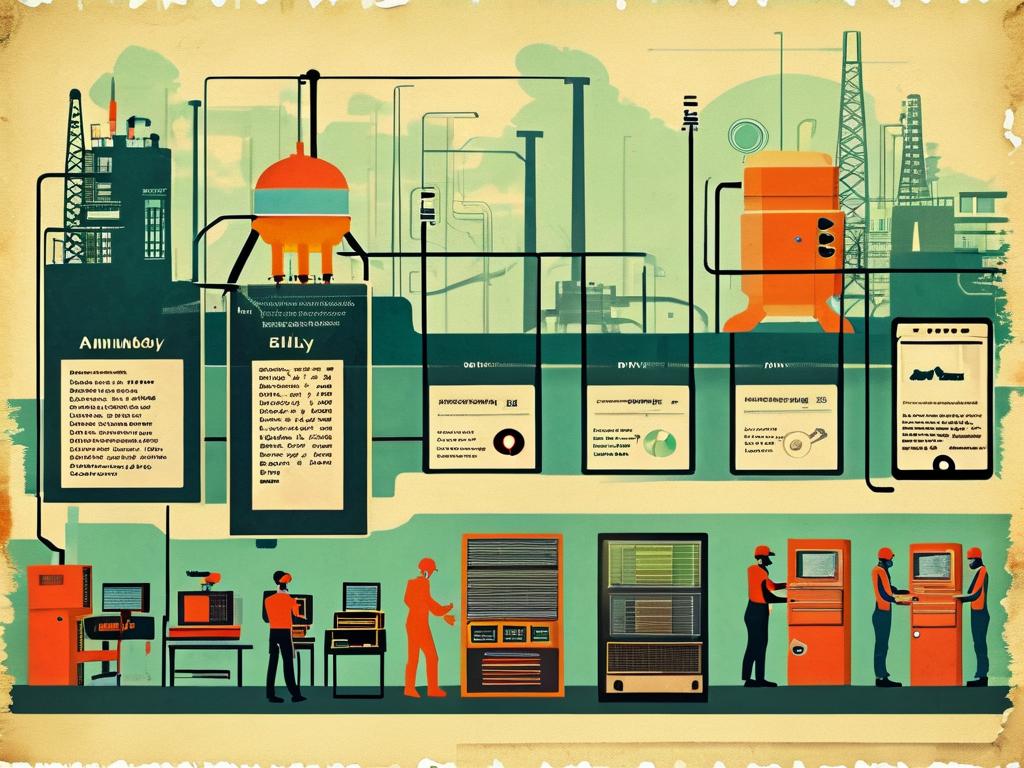The modern data center landscape is evolving rapidly, driven by the need for efficiency and agility in managing complex equipment. Automated mobile deployment of data center equipment represents a groundbreaking shift, leveraging smartphones and tablets to streamline the setup, configuration, and maintenance of servers, switches, and other critical infrastructure. This approach eliminates the traditional reliance on manual interventions, reducing human error and accelerating deployment times in today's fast-paced IT environments. As organizations strive for digital transformation, the integration of mobile automation tools is becoming indispensable for maintaining competitive advantage and operational resilience.

At its core, automated mobile deployment involves using dedicated applications on mobile devices to remotely control and orchestrate data center equipment. For instance, a technician can utilize a smartphone app to initiate deployment scripts via cloud-based APIs, enabling tasks like server provisioning or network configuration without physical access to the data center. This process often relies on standardized protocols such as RESTful APIs or SNMP, allowing seamless communication between the mobile interface and backend systems. A simple code snippet illustrates this integration: import requests; response = requests.post('https://api.datacenter.com/deploy', json={'device_id': 'server-123', 'action': 'provision'}); print(response.status_code). This script, executed from a mobile terminal, automates the deployment cycle, demonstrating how a few lines of code can replace hours of manual labor. Such technology not only enhances precision but also adapts to dynamic scaling needs, ensuring that data centers can respond swiftly to fluctuating demands without downtime.
The benefits of adopting automated mobile deployment are manifold, starting with significant time and cost savings. By automating repetitive tasks, organizations cut deployment times from days to minutes, freeing up IT staff for higher-value strategic initiatives. For example, a global e-commerce firm reported a 40% reduction in deployment costs after implementing mobile automation, as it minimized travel expenses and reduced the risk of configuration errors that often lead to costly outages. Moreover, this approach boosts reliability; automated systems consistently apply best practices, such as security patches and compliance checks, which are easily overlooked in manual processes. This translates to improved uptime and customer satisfaction, as services remain uninterrupted during upgrades or expansions. In high-stakes industries like finance or healthcare, where data integrity is paramount, the precision of mobile automation ensures regulatory adherence and safeguards against vulnerabilities.
Despite these advantages, implementing automated mobile deployment presents challenges that require thoughtful solutions. Security remains a primary concern, as mobile devices introduce potential entry points for cyber threats. To mitigate this, organizations must enforce robust encryption, multi-factor authentication, and regular security audits on all mobile apps. For instance, using OAuth 2.0 for API access can prevent unauthorized deployments. Compatibility issues also arise, as older data center equipment may not support modern mobile interfaces. Overcoming this involves investing in middleware solutions or gradual upgrades to ensure seamless integration. Additionally, training staff to use these tools effectively is crucial; without proper education, the transition can lead to resistance or misuse. Real-world case studies, like a telecom provider's phased rollout that included hands-on workshops, show how addressing these hurdles fosters smoother adoption and maximizes ROI.
Looking ahead, the future of automated mobile deployment is bright, with innovations like AI-driven predictive maintenance and 5G connectivity set to enhance capabilities. As data centers grow in complexity, this mobile-first approach will become standard, empowering teams to manage infrastructure from anywhere. Ultimately, embracing this technology not only drives operational excellence but also paves the way for smarter, more resilient IT ecosystems in an increasingly digital world.









